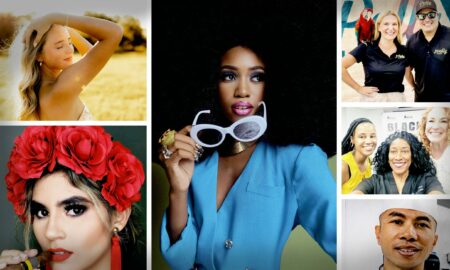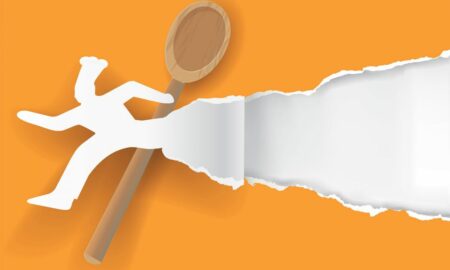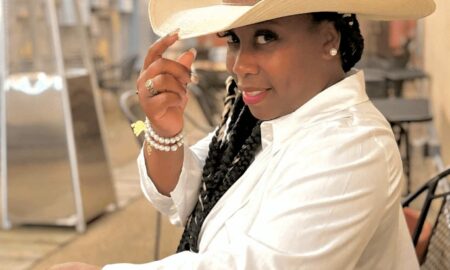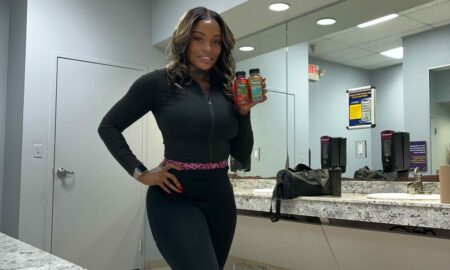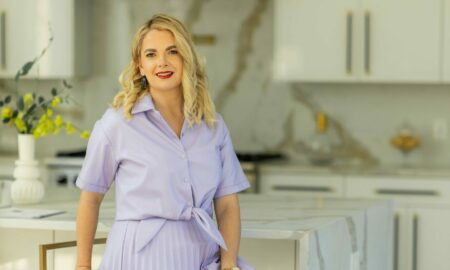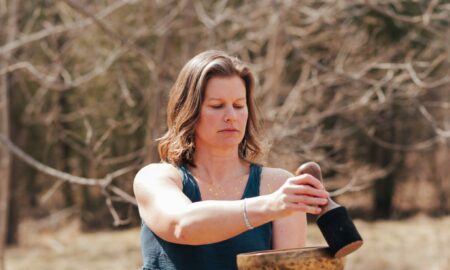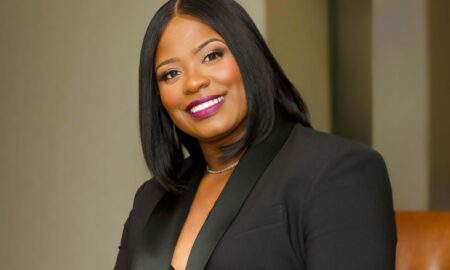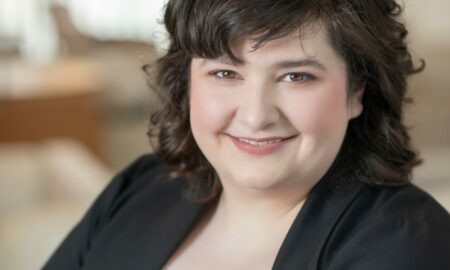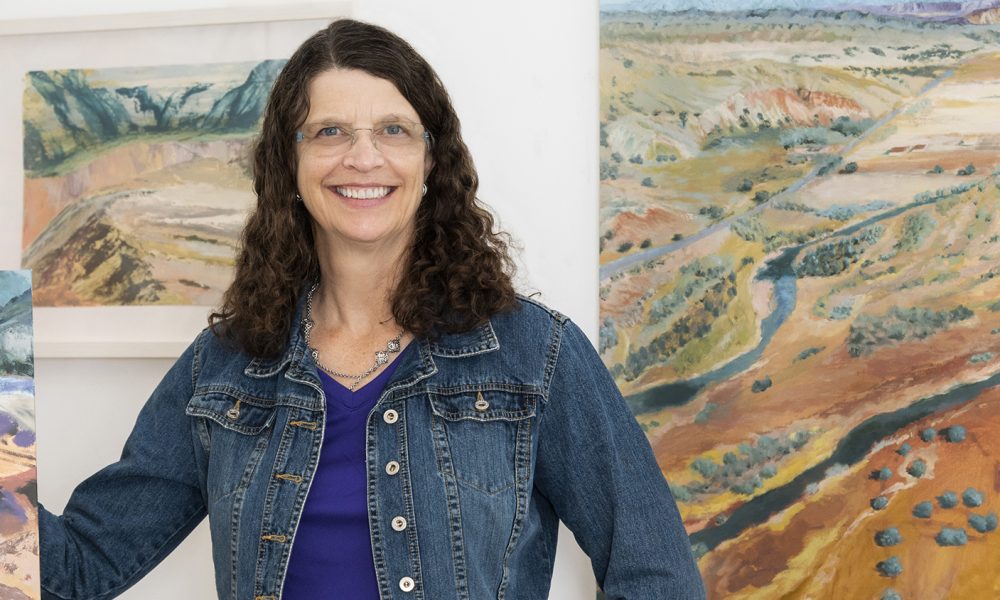

Today we’d like to introduce you to Julie England.
Julie, please share your story with us. How did you get to where you are today?
I’m a second career artist who returned to school back in 2011 to study art. Recently, I earned degrees in art from both Brookhaven College and Southern Methodist University. Two years ago, I started working on this particular body of landscape work. My first career was in engineering and management after earning an engineering degree from Texas Tech University. I spent many years in the Semiconductor Industry. Upon early retirement, I decided to pursuit my passion to be an oil painter. So, it was very intentional to learn oil painting from all the art professors I encountered in the classroom.
My connection to the landscape and the environment started from early childhood. I was born in the middle of Wisconsin out in the country. We lived on a property that was a pine plantation. And because there were no children nearby that I could walk to and visit, my friends were the trees. I would sit along these pine furrows, row after row of trees, and make up imaginary friends until my little brother came along. And this was a kind of early life theme; my parents continued to move around a lot. We moved seven times in my first 13 years. We typically landed in rural locations
Overall, has it been relatively smooth? If not, what were some of the struggles along the way?
Recently, one hurdle was the transition from art student to practicing, emerging artist. I strategically looked for an intersection of several of my interests and a big project. By doing this, I could make a difficult change and stay actively engaged. Looking back, I spent a lot of time in West Texas attending Texas Tech University and working in Lubbock, Texas. I started visiting New Mexico and became familiar with the terrain of Roswell, Ruidoso, Santa Fe and Taos, NM. I started contributing to the Georgia O’Keeffe Museum. I was very fortunate to sit on the board of trustees of the Georgia O’Keeffe Museum while I was in business at an engineering firm here in Dallas.
When I retired early, I went back to school to study art. I soon realized that I would like to combine my love of technology, the New Mexico landscape, the relationship that I had with the Georgia O’Keeffe Museum into some sort of large final art project for my school work in 2018. I wanted something that would launch me into a large body of work that I could paint for two or three years. And that’s what has happened.
After long discussions with the Georgia O’Keeffe Museum, the curator flew a drone so that he could document the sites that they own, both O’Keeffe’s Ghost Ranch and Abiquiu, NM property. As a result of that photography, those photographs have been the inspiration for this body of aerial perspective landscape work.
Now in 2020, all commercial markets are disrupted by the pandemic. Likewise, the art market is not a smooth road. The art market is unstable and unpredictable. I am exhibiting art mostly through opportunities that arise in commercial locations or through juried competitions in art galleries, art associations or societies. I compete in juried competitions locally, regionally and nationally. My art has been on exhibition in California, Illinois, Missouri, North Carolina and more extensively in Texas. I was fortunate to earn a solo art exhibition this year at Fort Worth Community Arts Center from July 24- August 29, 2020, in a 40″ x 14″ gallery to display 20 of my aerial perspective landscape paintings. The exhibition was titled “Landscapes@Elevation.”
We’d love to hear more about your art.
My oil painting focus is inspired by our landscape, which includes botanical images as well. I think one of the key things an artist does when they encounter the landscape is, they have to make decisions about what to include and what is excluded because it is a little bit overwhelming. I was inspired to paint aerial perspective landscapes by the Georgia O’Keeffe paintings of clouds where she first encounters travel from the air. She started to look down on the land and the clouds in the sky. I realized it is up to us, the artists, to make those decisions and that makes it personal. There is a sense of identity on the choices I made as I painted aerial landscapes.
Experimentation and being willing to try new things are key. Two years ago, I started oil monotype printmaking. When painting an oil monotype, it has to be a very quick painting. I reduced the color palette in order to paint in a very short amount of time. This ensures that all of the oil paint remains wet during printmaking. The marks become more intuitive; you have less time to think about them. Then, you run the painting through the press and you get a surprise in that transformation. This process helped me synthesize key shapes and marks that make this image vibrant. I repeated monotyping of the same image multiple times so that I could experiment.
There is something both timeless and timely about the mountains. In a sense, you know they’ve been there through the millennia. However, if you go back to the same place year after year, they don’t look the same. You realize time is moving, but they’re standing still. They’re also eroding and it is changing their outer shape. That duplicity of timelessness with entropy needs to be captured when one is painting the landscape.
The starkness and lack of green is what attracts me mountains. There is a connection a lot of us feel to the stark, arid landscape. You either have it or you don’t. I’m one of those people that has it. I enjoyed living in West Texas and visiting New Mexico. I’m going to carry that forward my future work and aerial perspectives of various other landscapes.
Any shoutouts? Who else deserves credit in this story – who has played a meaningful role?
No one succeeds alone. I credit many for believing in me during this transition from engineering to art and oil painting. First, my husband, Robert England, has been a big support throughout my career. He is very open-minded and supportive as I have navigated through numerous career changes.
Also, life-changing and impactful are the art professors that taught me along the way. It is not easy when going back to school to convince professors that you are committed to a very different second career, not just popping in for a class to make your hobby more interesting. SMU Professors Mary Vernon, Barnaby Fitzgerald and Philip Van Keuren were pivotal in my art education experience. Chuck McDonald at SMU helped navigate the back-to-school hassle of credit for your first degree at a second-degree university. Numerous professors at Brookhaven College, DCCCD were mentors along my path.
A special thanks to staff at the Georgia O’Keeffe Museum for their collaboration on a large art project. A big thanks to the folks who purchased the first 100 paintings that I sold. As a businesswoman, it is satisfying to see a painting go out into the world and serve its purpose for someone else! Thank you to those that supported my path into art from engineering.
Contact Info:
- Website: https://www.julieenglandart.com/
- Email: julie@julieenglandart.com
- Instagram: https://www.instagram.com/julieenglandart/
- Facebook: https://www.facebook.com/julieenglandart
- Other: https://www.youtube.com/channel/UCQD7p4cUd-7GicKMdyYgBpg







 Image Credit:
Image Credit:
Photography by Teresa Rafidi
Suggest a story: VoyageDallas is built on recommendations from the community; it’s how we uncover hidden gems, so if you or someone you know deserves recognition please let us know here.

